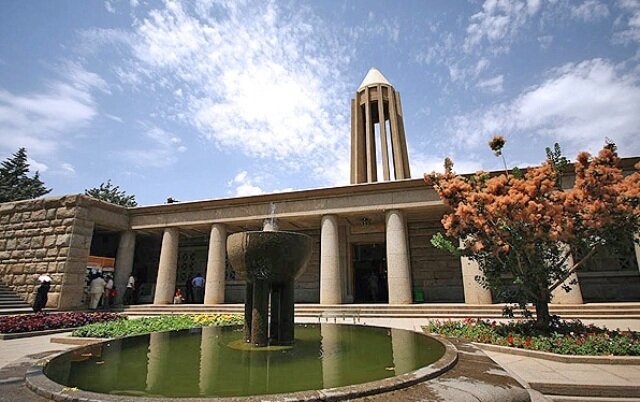Hamedan reopens tourist sites, museums as virus curbs ease

TEHRAN – Museums and other cultural heritage sites in the west-central province of Hamedan have been allowed to reopen doors to the public as restrictions over the coronavirus pandemic have been loosened, the provincial tourism chief has said.
Virus-related health protocols are strictly enforced for visitors, CHTN quoted Majid Jahangirian as saying on Thursday.
Earlier last week, the officials announced that Ali Sadr water cave, which is one of the top tourist destinations of the province, opened its doors to visitors.
Located some 70km north of Hamadan in west-central Iran, Ali Sadr is a gigantic water-filled cavern wieldy believed to date from the Jurassic era.
Known in classical times as Ecbatana, Hamedan was one of the ancient world’s greatest cities. Pitifully little remains from antiquity, but significant parts of the city center are given over to excavations. Ecbatana was the capital of Media and subsequently a summer residence of the Achaemenian kings who ruled Persia from 553 to 330 BC.
Hamadan has had many names: it was possibly the Bit Daiukki of the Assyrians, Hangmatana, or Agbatana, to the Medes, and Ecbatana to the Greeks. One of the Median capitals, under Cyrus II (the Great; died 529 BC) and later Achaemenian rulers, it was the site of a royal summer palace.
About 1220, Hamedan was captured by the sweeping army of Mongol invaders. In 1386 it was sacked by Timur (Tamerlane), a Turkic conqueror, and the inhabitants massacred. It was partly restored in the 17th century and subsequently changed hands often between Iranian ruling houses and the Ottomans.
Sitting on a high plain, Hamedan is graciously cool in August but snow prone and freezing from December to March. In summer the air is often hazy. Ali Sadr cave, Ganjnameh inscriptions, Avicenna Mausoleum, Hegmataneh hill, Alaviyan dome, Jameh mosque, and St. Stephanos Gregorian Church are amongst Hamedan’s attractions to name a few.
ABU/MG
